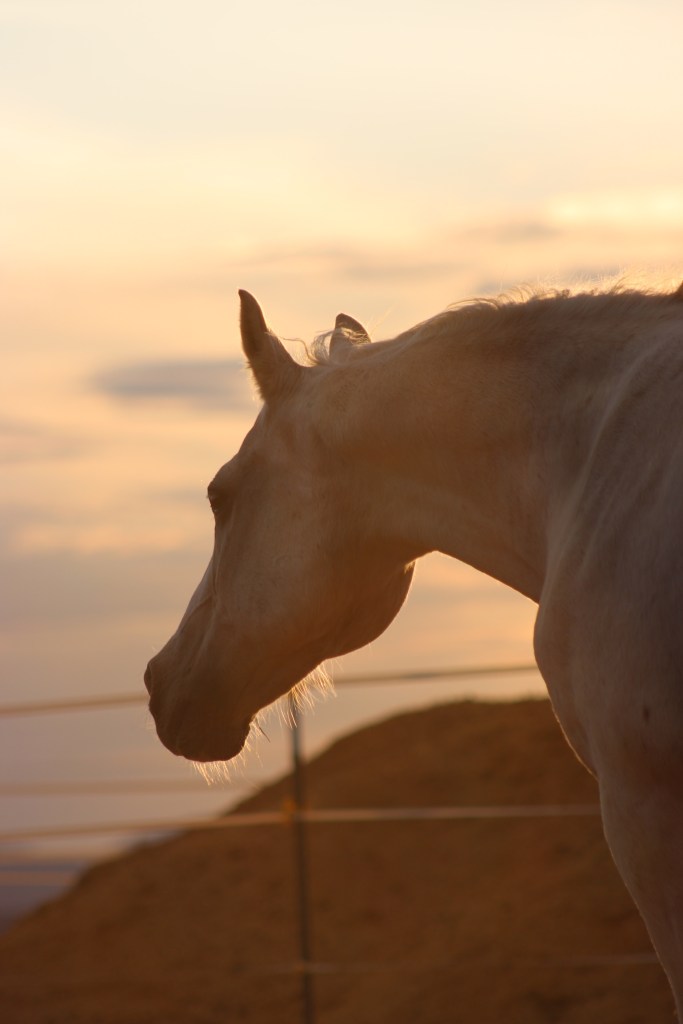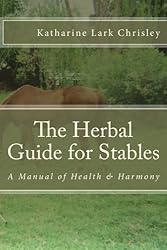In my youth and young adulthood, I competed with horses. It was what one did. Horse shows were held every weekend in communities all over West Virginia, Virginia, Tennessee. Those of us who showed would be up all night before the show, scrubbing and polishing tack – the metal on bridles (and our stirrups) had to reflect light like a mirror. Leather had to gleam.
Days before a show, we would clip and trim hair from our horses. The day before we would bathe and cover the horse to keep him clean. Depending upon the style we rode, manes would be pulled (yanking out small amounts of long hair to get an even, thin mane suitable for creating the row of “cigarette” braids); the hair inside equine ears would be shaved away to “look tidy”. Whiskers would be shaved to the skin. By the way, hair in the ears keeps bugs out and whiskers are feelers that help the horse keep from bumping his face on objects. I even knew a girl whose mare could not be clipped (buzzing of electric clippers sent her over the edge), so she put Nair depilatory cream in the mare’s ears and shaved her muzzle with a razor). If we rode a style with a long flowing mane, we would keep it done up in long braids to prevent breakage and wash and condition it constantly – tails, too, everyone obsessed over long, thick tails.
Beyond what the majority of us did was the flashy 5 Gaited Saddlebred horse or the Open Walking horse crowd who kept their horses stabled in hoof pads, weighted shoes (or worse), in “tail sets” that held the tail’s dock up in an exaggerated way… I won’t go into other techniques to make the horse look animated and excited while in the ring.
So, competition horses lived a very unnatural life. And yet, many of us loved our horses dearly and thought we were doing right by them. The rider who would show up at a competition after pulling her pony from a field where he lived, brushing him clean and leaving him fuzzy had no chance of placing in classes.
But I remember those riders… their mounts seemed engaged, aware. They had alert expressions and seemed to genuinely enjoy being around other horses and doing something different. We all fussed over our riding attire as if we were brides ready for a wedding. Someone (usually our parents) stood by with rags to rub dust off of our boots and to brush clean our horse’s polished hooves. Our horses danced around anxiously; or became flooded and numb, accepting their fate… and we riders were either stressing out or had become, ourselves, flooded and numb.

When I had riding schools, I prepped my students and the school horses for an impressive “turn out” at shows. We were amazing. We were admired. I’m not sure now, in retrospect, how our horses felt about it all. I do know that I learned valuable lessons (and taught them) from that process. But now, running a Sanctuary and caring for horses from every imaginable situation (broken down from competing or racing; dumped in the desert; victims of hoarding situations; even beloved equines who could not be cared for anymore), I find that my ability to read how a horse feels has been honed to a sharp edge and I wonder about all the horses from my past and what they would say to me now. When we know better, we do better.
I see pain, struggle, stress and flooding in the faces of beautifully turned-out horses in ads and videos. I cannot “unsee” the distress on their faces. I see through different eyes after decades of learning from the horses. How they feel matters more to me now. And, to get their lives in line with Nature and to honor their species-specific needs has become a priority. I will never be the same person I was because I now see through their eyes.


This was wonderful. I wish more people could read it, particularly those who felt as you used to. It takes a long, long time to see things through the animal’s eyes. I understand my cats more than I do my dog, but what I do is try — and try to understand how it feels to wrap their entire lives
It was a different world back then. We were conditioned to think of animals as possessions, as “things”, I guess. The animals themselves show us their sentience if we pay attention… this is one positive change in the world, the “listeners”.